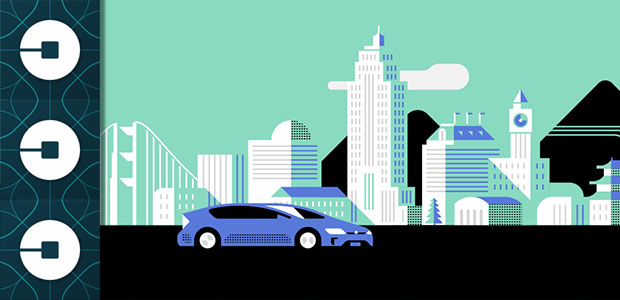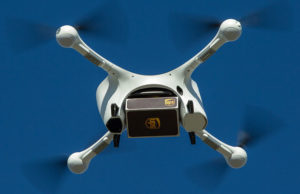Uber has launched a pilot program in California that lets drivers in Santa Barbara, Palm Springs, and Sacramento set their own fares for airport rides.
Drivers can set a fare multiple on Uber’s base, time, and distance rates for UberX and UberXL trips, according to the company.
Drivers can increase the fare in 10 percent jumps up to five times Uber’s base price.
If Uber’s surge pricing is higher than participating drivers’ set pricing, the drivers’ rates will match the higher price for the first week. After that, they can opt out of the program and set their price below Uber’s base price.
Response to California’s Gig Law
Uber’s rate experiment is a response to California Assembly Bill 5 (AB5), better known as the Gig Law, which took effect on Jan. 1. It holds that most workers are employees and entitled to the benefits employees get.
“Since AB5 has gone into effect, we’ve made a number of product changes to preserve flexible work for tens of thousands of California drivers,” said Matthew Wing, Uber’s head of communications for advanced tech.
“We’re now doing an initial test of additional changes which would give drivers more control over the rates they charge riders,” he told the E-Commerce Times.
Uber previously announced that California drivers would get more advance trip information prior to accepting a rider, that they could reject ride requests without any penalties, and that they would get a range of prices to charge up front rather than an exact price.
The company is “introducing more business tools so that drivers can build the businesses they want,” said Liz Miller, principal analyst at Constellation Research.
“They are clearly trying to communicate that they are just a pathway to a better independent business. Drivers are not employees,” she told the E-Commerce Times.
In the meantime, Uber, Postmates, and two individuals — an Uber driver and a Postmates courier — have filed a suit in federal court challenging AB5 on constitutional grounds.
The Impact of Uber’s Move
Uber’s tools and tactics “put more control into the hands of drivers by letting them make more informed decisions through data,” Miller said. “This positions Uber as the API-driven business they always envisioned themselves to be. Take drivers with cars and match them with people who need a car.”
Riders, on the other hand, may have less clarity around pricing, may have more drivers rejecting their calls — which they now can do without being penalized — or face “any number of other experience-driven issues,” Miller suggested.
Drivers could price themselves out of the market, which is why many of these pilots are conducted in cities where public transport is not so readily available, she noted.
Control over when drivers work, how they work, and now pricing “is a powerful intoxicant and keeps many drivers on the platform, which is the essential and operative objective,” observed Roger Lanctot, director of automotive connected mobility at Strategy Analytics.
However, drivers “could slit their own throats in the process,” he told the E-Commerce Times. “Uber drivers now have tools to compete and drive their already low pricing even lower. It’s a race to the bottom.”
Ultimately, we will see “plunging fares, starving drivers — like mice dosing themselves with cocaine until they die,” Lanctot predicted.
Rideshare drivers throughout the country will expect the same options offered to those in California, Constellation’s Miller predicted. “Customer and driver expectations can’t be contained by state lines.”
What’s at Stake
Rideshare companies will “need to understand that their internal customers — the employees, contractors and gig workers — must be shown the same care and feeding they deliver to their external customers,” Miller said.
Uber, Lyft, and other gig-economy players, including Instacart and Doordash, “will ignore this issue at their peril,” she added.
Understanding Uber
The cornerstone issue is whether Uber is a transportation company that employs drivers to transport customers or an API connector that puts customers in need of a service in touch with providers who can fulfill that service, Miller said, and that issue has yet to be decided.
If it’s just an API connector, the move to provide drivers with more data is wise, but it “could create a lopsided power dynamic in which the driver has all the power” and the customer none, she cautioned.
“It’s a balance I don’t think anyone has figured out or mastered, especially in the face of legislation that has the best of intentions but fails to ask any of these questions,” Miller observed.
Caught in the Crossfire
That murkiness around Uber’s classification already has had unintended consequences in Colorado.
The state’s Public Utilities Commission shut down TreadShare, an app meant to enable carpooling, and killed the planned launch of a similar app, Gondola. It designated both of them as transportation network companies, which put them into the same category as Uber and Lyft.
The companies that developed the apps established a cost-sharing rather than profit-making model to avoid the transportation network company classification, but a legislative change will be required to permit their use.

























































Social Media
See all Social Media